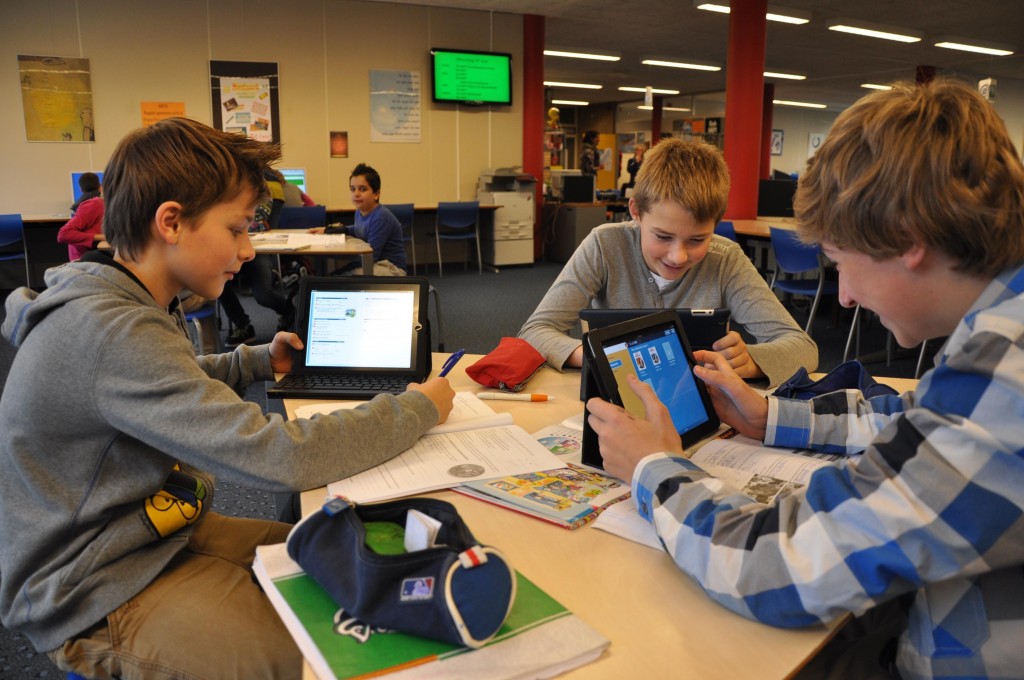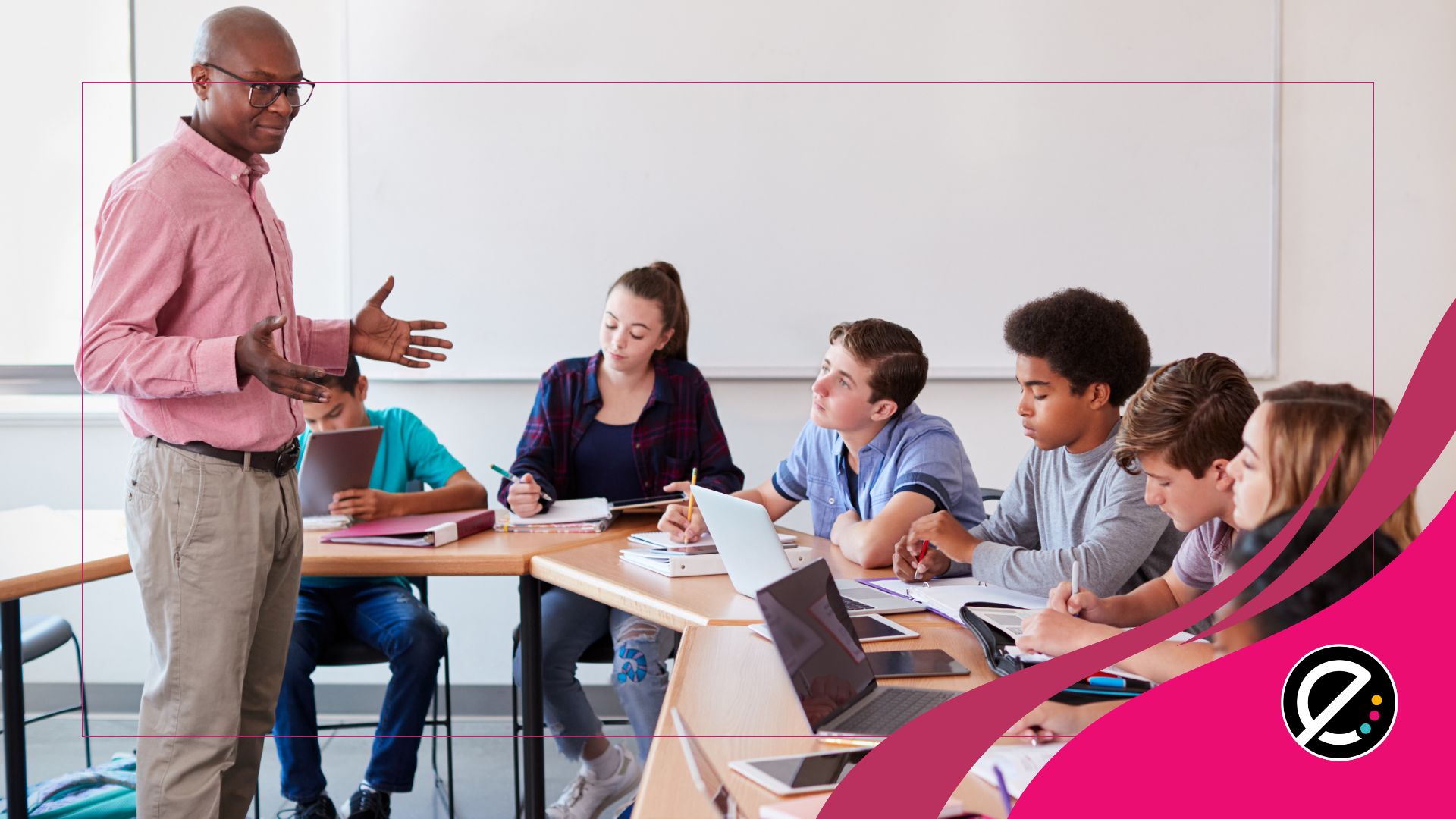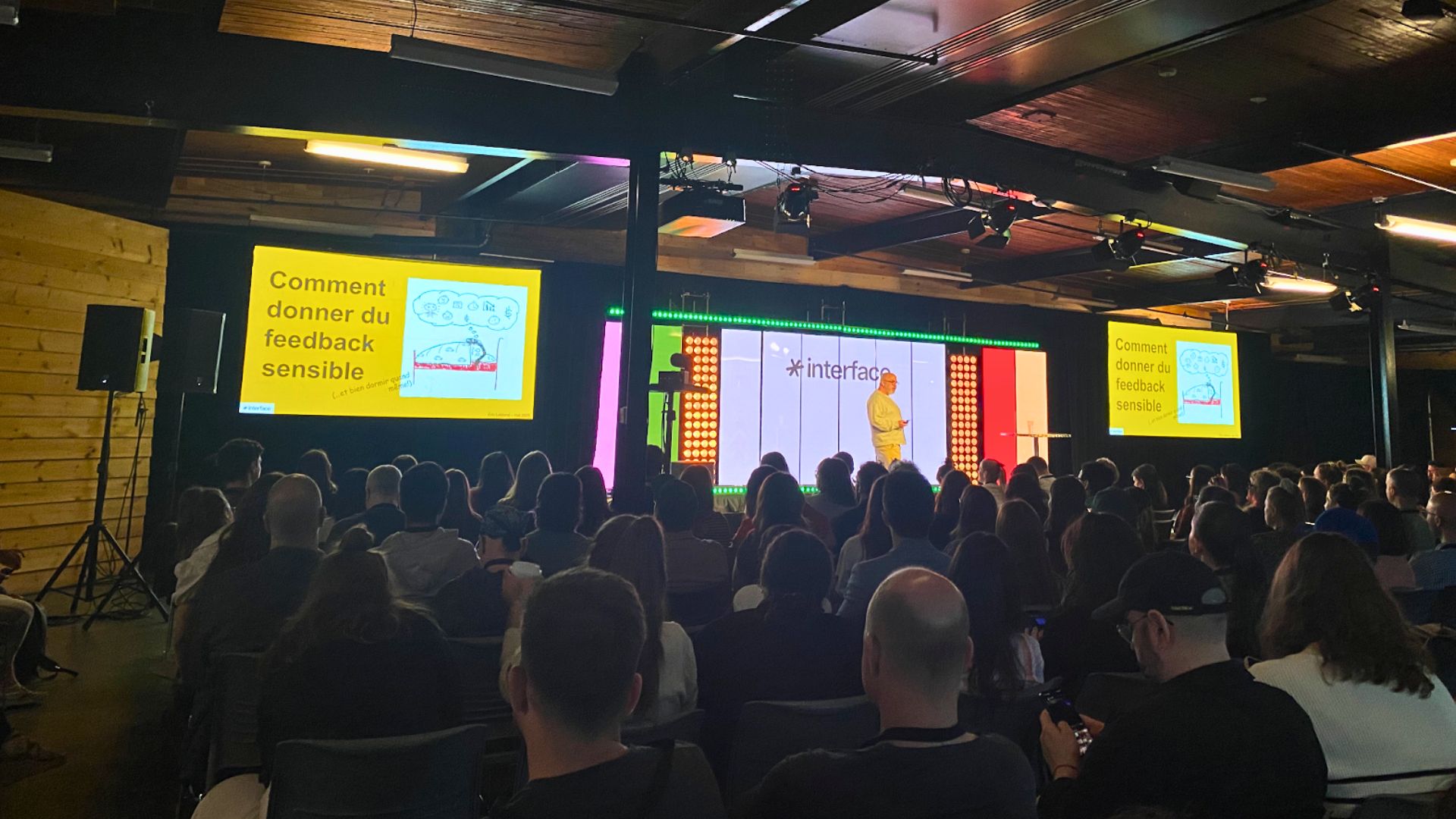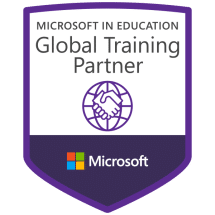Voici comment un établissement secondaire des Pays-Bas exploite les avantages liés au fait que les élèves apportent leur propre appareil mobile à l’école (le « BYOD »), tout en minimisant les inconvénients qui bloquent trop souvent ces initiatives.
Le collège néerlandais Bonhoeffer, qui compte 4500 élèves de niveau secondaire, a lancé son initiative mobile en 2011. Comme point de départ, l’établissement a choisi d’accueillir seulement le iPad. Sa flotte atteint aujourd’hui 200 appareils appartenant à l’école et utilisés par les enseignants, et 900 iPads appartenant aux élèves. Ces derniers apportent leur propre tablette (BYOD) dès la première année du cursus. Selon Femke Gerritsen, enseignante et coordonnatrice TIC de l’établissement, « Grâce au iPad, nous pouvons créer un environnement d’apprentissage interactif et intéressant dans lequel les jeunes apprennent, créent et présentent leur travail grâce au multimédia. »
Les élèves et les enseignants peuvent, avec leurs tablettes, consulter leurs courriels, télécharger des applications et des e-books éducatifs et accéder à leur espace numérique de travail (portail). Les enseignants utilisent l’environnement collaboratif It’s Learning pour rendre disponible des ressources et corriger les travaux. Pour leur part, les élèves l’utilisent pour partager de l’information et faire leurs devoirs. Les enseignants encouragent l’apprentissage participatif en confiant des tâches exigeantes réalisables avec le iPad. Un des élèves interrogés explique : « Pour moi, le meilleur projet collaboratif a été la construction de châteaux dans Minecraft sur un mode multi-joueurs. » Le jeu est utilisé dans le but de développer chez l’élève des compétences en science et en technologie, tout en explorant des intérêts dans le domaine de l’ingénierie.
L’école utilise AirWatch, une solution de gestion des appareils mobiles, pour configurer des politiques et des paramètres sur les appareils, distribuer des applications et sécuriser l’accès aux réseaux et ressources de l’école. La solution permet de limiter l’accès des élèves à certaines applications et fonctionnalités au sein de l’école, comme l’appareil photo ou FaceTime, pour ne pas perdre leur attention. Le wifi permet d’activer des géo-barrières qui autorisent ou restreignent des fonctionnalités uniquement au sein de l’école, car les appareils appartiennent aux élèves.
Pour la rentrée 2014, on s’attend à accueillir près de 1 800 nouveaux iPads. L’école prévoit utiliser le programme d’achat en volume d’Apple pour acquérir un grand nombre d’applications et les rendre disponible aux élèves dans une boutique d’applications personnalisée pour l’école.
L’établissement envisagerait également, dans un futur proche, d’élargir son programme BYOD pour inclure les tablettes Android et Windows 8, afin de permettre aux élèves de choisir l’appareil de leur choix pour l’utilisation en classe.














